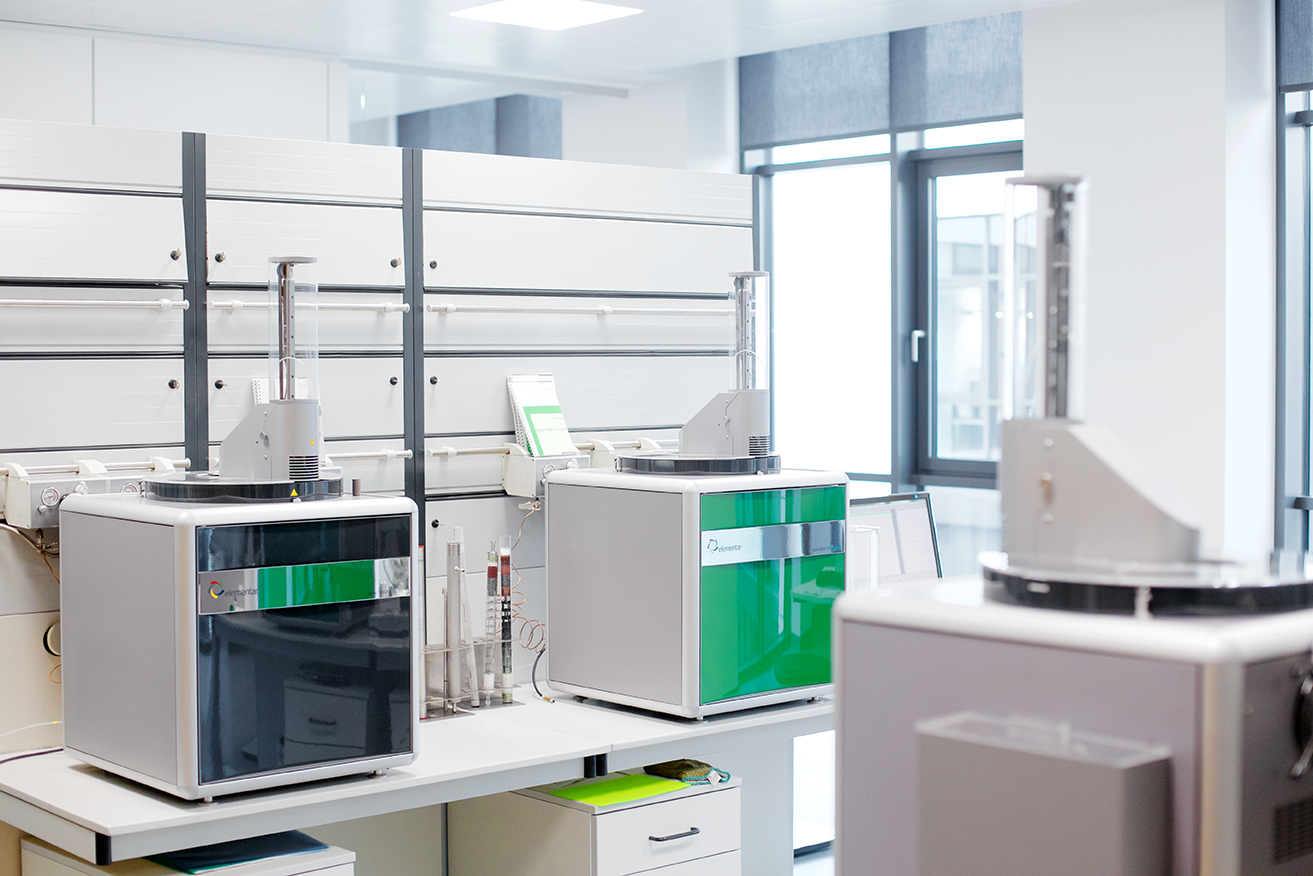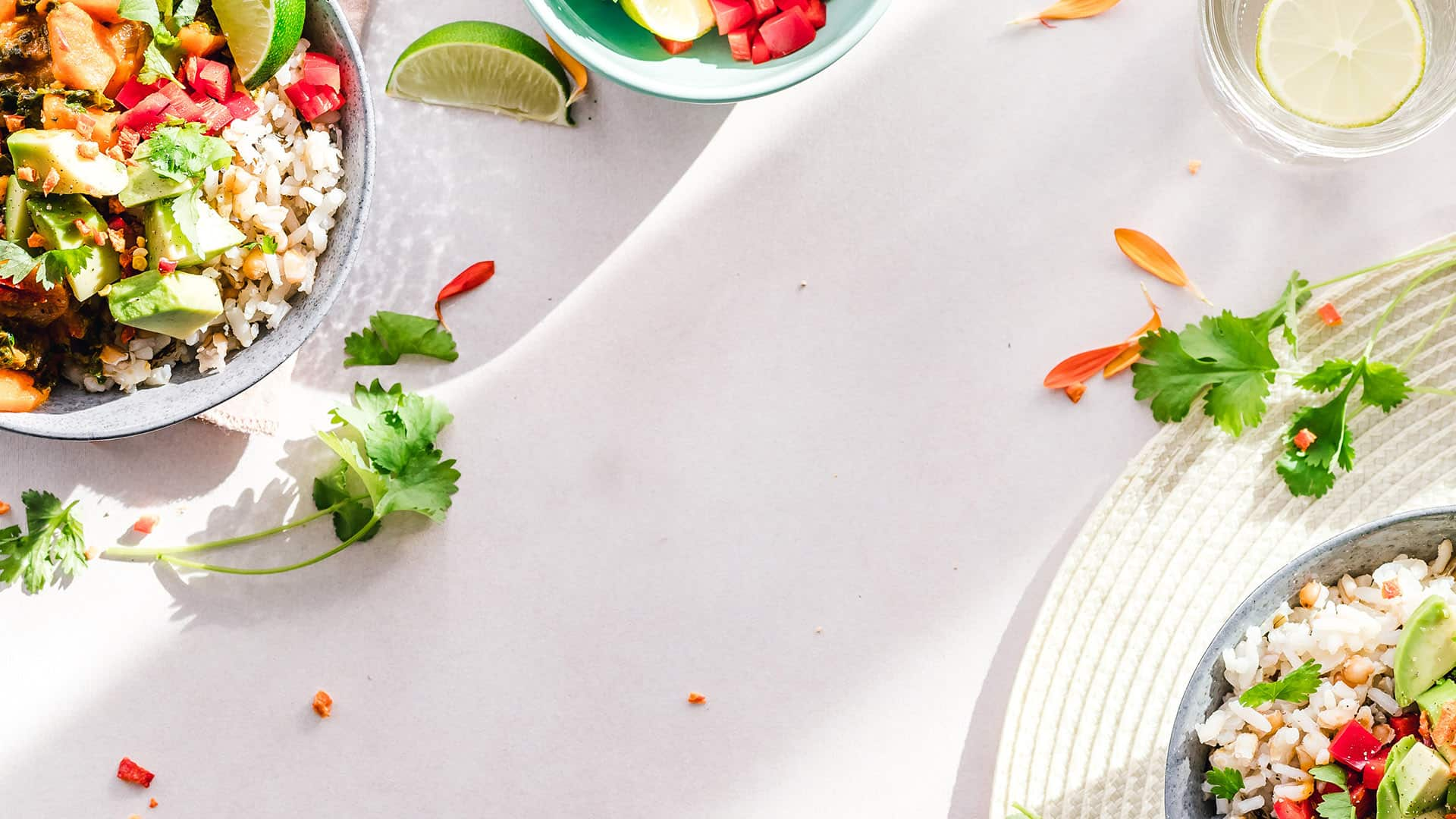

Feeding the future: How Fishway is powering cultivated seafood with sustainable biomass
Belgian startup Fishway is supplying high-quality biomass cells for cultivated seafood producers, focusing on sustainability, cost-efficiency, and scalable solutions to support the future of food. The company’s Sam Van de Velde explains more
As demand for sustainable food grows, cultivated seafood offers a solution – easing pressure on overfished oceans while reshaping the industry. As part of the value chain, Belgian startup Fishway, led by Co-Founder Sam Van de Velde, is scaling cultivated fish ingredients with a pragmatic approach, balancing innovation with regulatory and economic realities.
“My path into this industry has been quite unorthodox,” admits Van de Velde. “I earned my degree in economics and spent years in finance departments of large multinationals such as Procter & Gamble and DHL, eventually progressing to CFO roles. After leading the acquisition of a large company, I established my own private equity fund.”
Van de Velde entered cellular agriculture after meeting bioengineer Nina Coolsaet, who had experience in the field. “She wanted to start her own business and asked me to help. We talked a lot, and eventually, she invited me to join her. I didn’t know the sector at all, so I started researching. The more I learned, the more I realized its potential. Seeing major multinationals and investors such as Bill Gates and Leonardo DiCaprio backing the industry gave me confidence.”
This partnership led to the founding of Fishway in June 2022. The company quickly gained traction by assembling a team of experienced scientists and acquiring a lab facility. “We were fortunate to connect with a team of scientists who had been working together for over a decade on stem cell research,” continues Van de Velde. “Their previous company was shutting down, so we seized the opportunity to bring them – and their lab – onboard. It was a dream start,” Van de Velde recalls.
Scaling up with purpose
Fishway’s focus isn’t on producing whole cultivated fish though. “Our priority is biomass production,” says Van de Velde. “The nutritional value of our product already matches traditional fish. We don’t need to induce further differentiation in the cells, which eliminates an entire production step. That simplifies the process and reduces costs.”
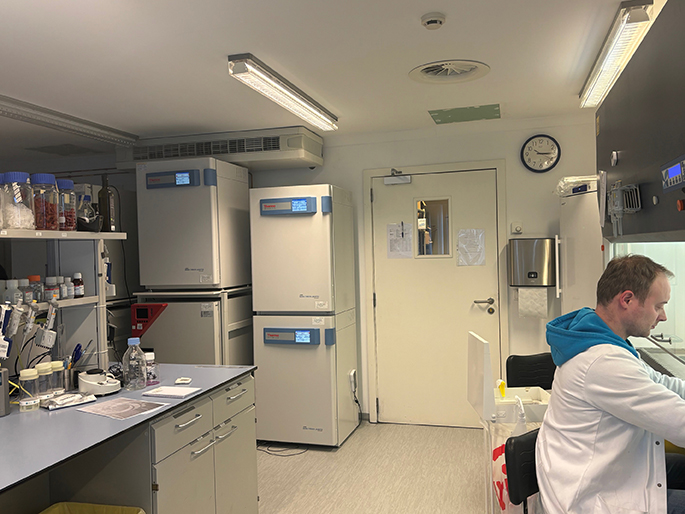
By avoiding the costly, time-intensive challenges of scaffolding and differentiation, Fishway supplies high-quality biomass to cultivated seafood producers, establishing itself as a key player while bypassing the complexities of consumer-facing product development.
The company’s focus on fish cells over mammalian cells also addresses key challenges in cellular agriculture: cost, scalability, and resilience. Unlike mammalian cells, which need a constant 37°C, fish cells thrive at room temperature, reducing bioreactor energy use and cutting costs. This makes large-scale production more economical and sustainable. Fish cells are naturally more resilient, tolerating fluctuations in temperature, oxygen, acidity, and carbon dioxide. This stability reduces disruptions, minimizes batch failures, and lessens the need for strict environmental controls, making large-scale production more efficient.
Another major advantage of fish cells is their longevity. Unlike mammalian cells, which slow and stop multiplying, Fishway’s fish cells have doubled over 800 times without senescence, making them effectively immortal. This allows a single fish to produce an indefinite biomass supply, reducing reliance on continuous cell sourcing and cutting cultivation costs.
Fish cells also have lower metabolic demands than mammalian cells, as they don’t expend energy maintaining body temperature. This makes growth more efficient, leading to faster production and higher yields, strengthening the economic case for fish cell cultivation. “For us, taste isn’t as crucial since we’re producing ingredients, but it’s key for consumer acceptance. If the final product doesn’t taste good, consumers won’t buy it. Health and safety are covered – the main challenges now are cost and development timelines. And development takes time.”
Fishway also relies on serum-free media tailored for each species. “Currently, all of our cell lines are cultivated in serum-free media,” Van de Velde confirms. “Each species requires a specific medium formulation, which makes sense as every fish is unique. For example, marine and freshwater species have different iron regulation needs, influencing the ideal salt composition in their culture media. Because of these species-specific requirements, we have developed four distinct media formulations, each optimized for the growth of a particular species.”
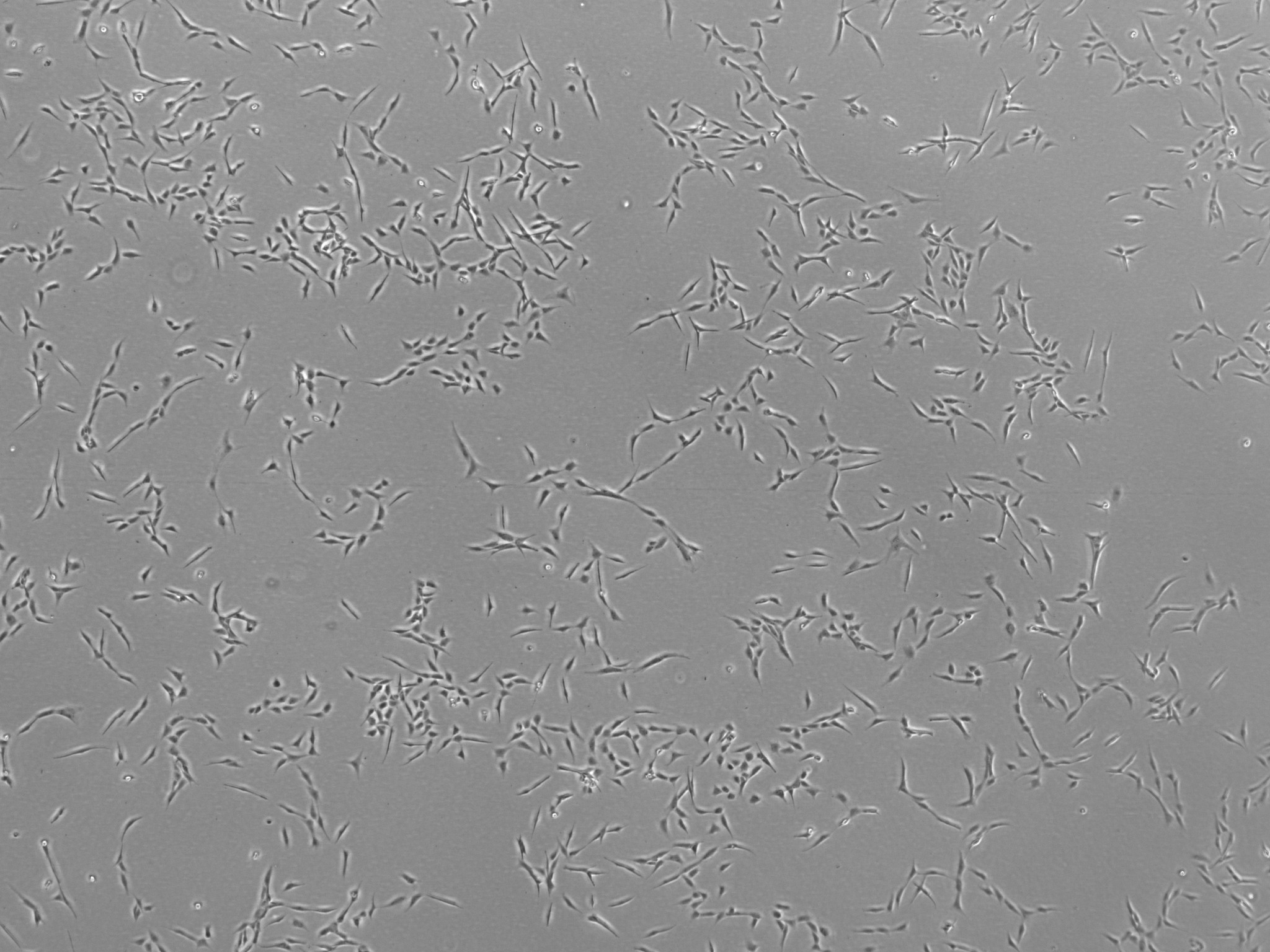
Overcoming production challenges
Bioreactor costs also pose a major challenge for Fishway. “Most bioreactors are designed for pharmaceutical applications, which are too complex and expensive for our needs. We’re working with design companies to develop simpler, food-grade bioreactors. Achieving a near one-to-one feed conversion rate – where output matches input – is essential for economic viability,” explains Van de Velde.
Pharmaceutical-grade bioreactors are built for high-purity production, featuring precision controls and sterile environments. While crucial for medical applications, these specifications drive up costs and aren’t necessary for large-scale food production. By focusing on food-grade bioreactors, Fishway eliminates unnecessary complexities, reducing both CAPEX and OPEX.
As Fishway’s strategy leverages the natural resilience of fish cells, which tolerate environmental fluctuations better than mammalian cells, this minimizes the need for highly sensitive control systems. The company is also optimizing mixing and aeration processes to ensure uniform nutrient and oxygen distribution while reducing mechanical stress that could hinder cell growth and yield.
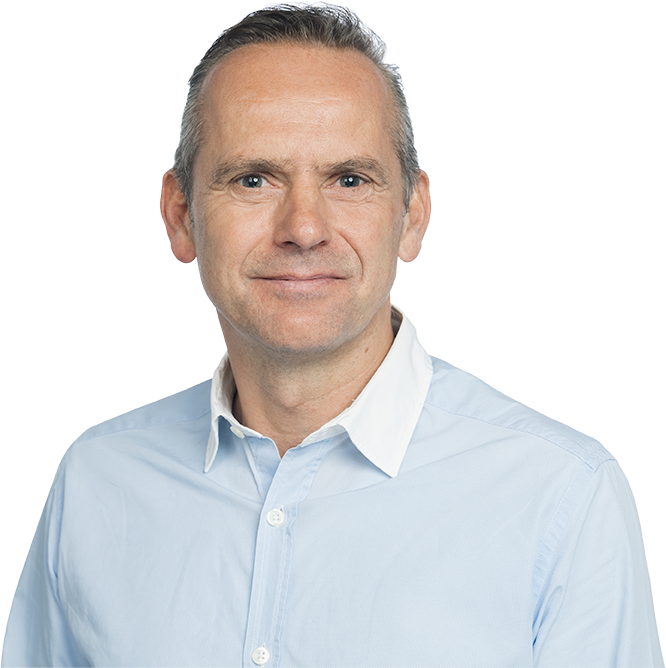
Achieving a near 1:1 feed conversion rate, where output closely matches input, is essential for economic viability. Traditional livestock farming, such as beef, requires up to seven units of feed per unit of meat produced. Cultivated seafood, however, has the potential to approach a 1:1 ratio. Fishway’s approach includes continuous or semi-continuous harvesting systems, enabling ongoing biomass collection without disrupting production. Combined with fish cells’ ability to thrive at room temperature – eliminating costly heating systems – these design optimizations bring Fishway closer to delivering cost-effective, scalable, and sustainable cultivated seafood.
“We start with a basic bioreactor and add only what’s necessary, rather than stripping down a complex system,” Van de Velde says. “By optimizing these elements, we improve feed-conversion efficiency, so what goes into the bioreactor closely matches what comes out.”
Regulations also shape the company’s market strategy. “If the EU’s regulatory process remains slow, we’ll have to look abroad,” Van de Velde says. “Singapore is particularly attractive, as cultivated products are already in retail stores. The USA, Switzerland, and the UK are also options, though market size and regulatory complexity vary.”
Fishway is also considering pet food as an initial entry point. “While human food requires a lengthy approval process, pet food products can be registered and approved much more quickly,” he notes.
“We’ve engaged with stakeholders to understand their priorities,” Van de Velde reveals. “Initially, we assumed nutritional value would be the top concern, but we found that health – being free from contaminants – was even more critical.”
Collaboration, he believes, is vital for the sector’s success. “Startups in this space must collaborate. By pooling knowledge and resources, we can accelerate progress. The traditional food industry benefits from substantial subsidies, while our sector does not. Addressing this imbalance would help level the playing field.”
Van de Velde remains pragmatic about the industry’s growth. “Patience is key. This is a young industry, and achieving cost parity will take time. While we only focus on ingredients, taste will be crucial for consumer acceptance and market success.”
Drawing comparisons to other industries, he adds, “Look at electric vehicles – it took years to achieve long-distance capability. We’ll need similar patience. But I’m optimistic. Demand for fish is rising but supply is shrinking. Traditional fishing is unsustainable, and aquaculture growth is slowing due to regulatory and sustainability challenges.”
“We must succeed because the world needs sustainable protein solutions. With collaboration, patience, and innovation, I believe we will get there”
Global sustainability challenges
The environmental case for cultivated seafood is clear. “Overfishing has depleted one-third of global fish stocks, with 87% of Mediterranean and Black Sea stocks classified as unsustainable,” Van de Velde reveals. Biodiversity loss worsens the crisis, as declining marine life releases stored carbon, accelerating global warming.

Fishway takes a pragmatic approach, prioritizing scalability, cost reduction, and regulatory navigation to advance cultivated seafood. By refining its processes, it aims to create a sustainable, commercially viable solution. “We must succeed because the world needs sustainable protein. But with collaboration, patience, and innovation, I believe we’ll get there,” Van de Velde concludes.
For more information visit www.fishway.be
If you have any questions or would like to get in touch with us, please email info@futureofproteinproduction.com


%20ILVO%202.jpg)
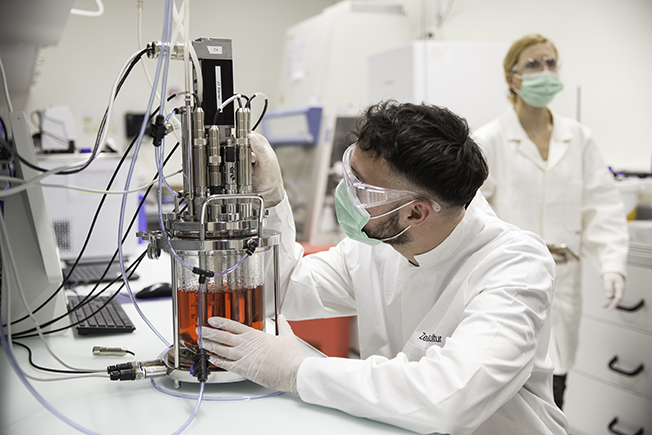
.png)
